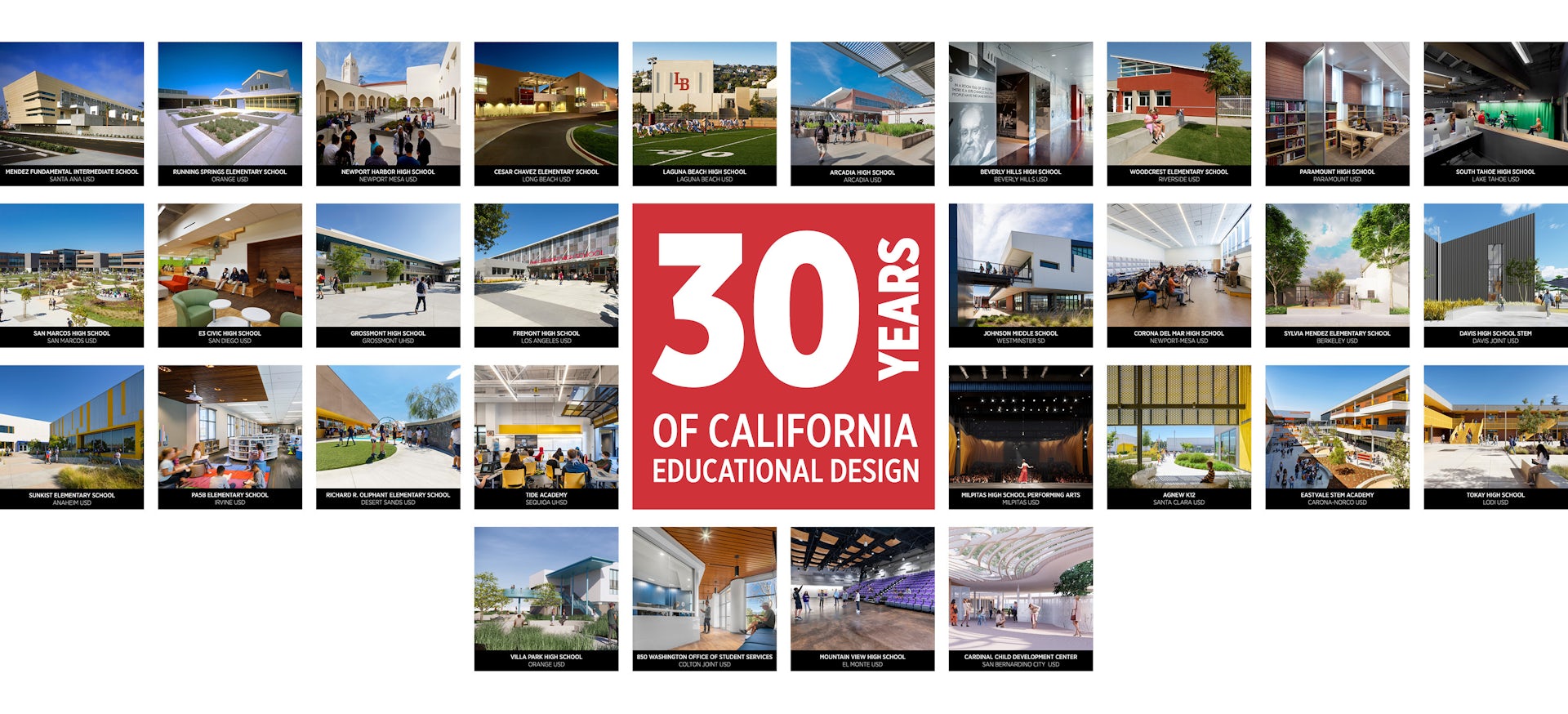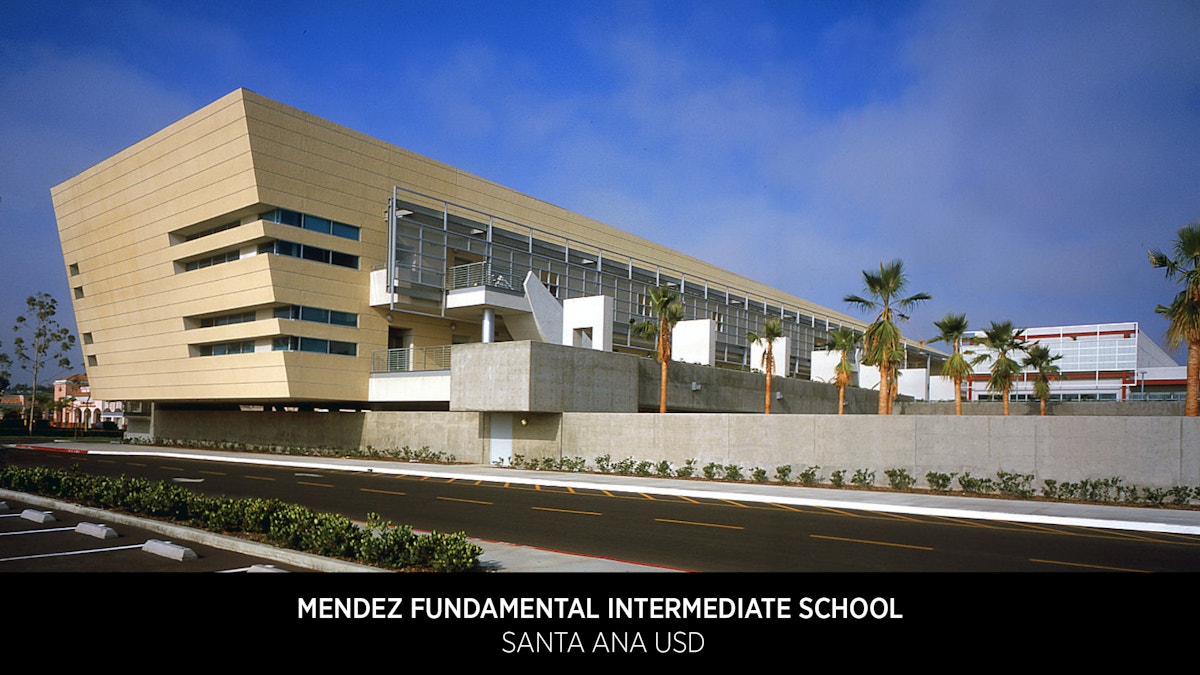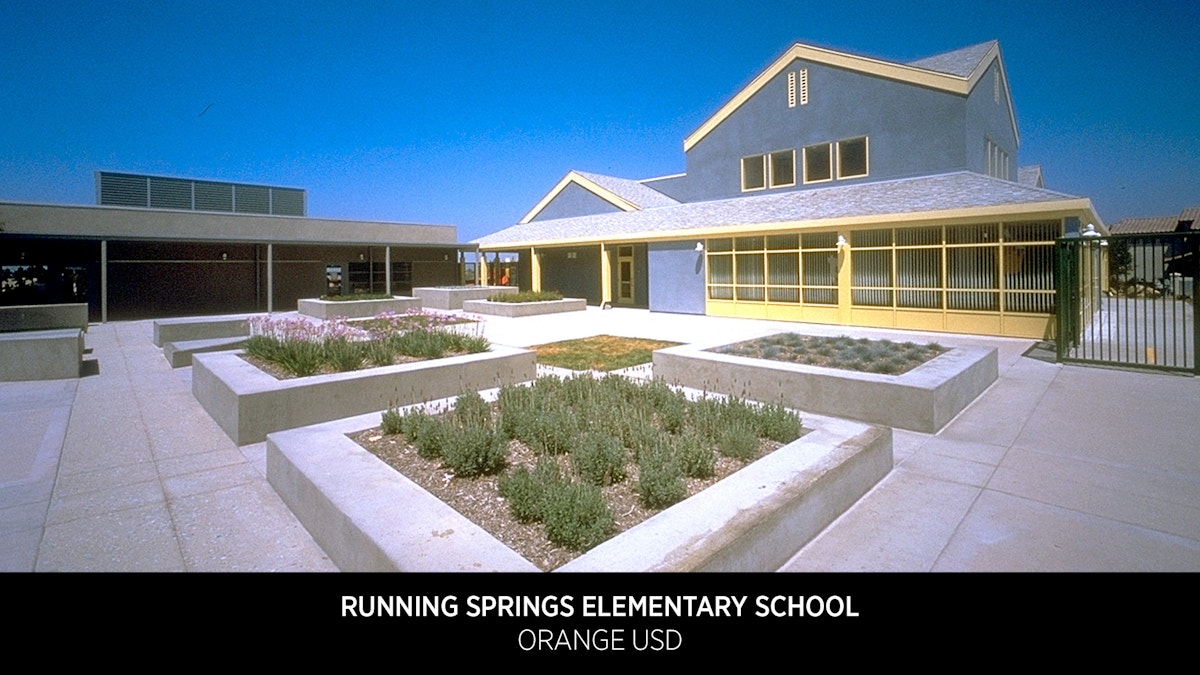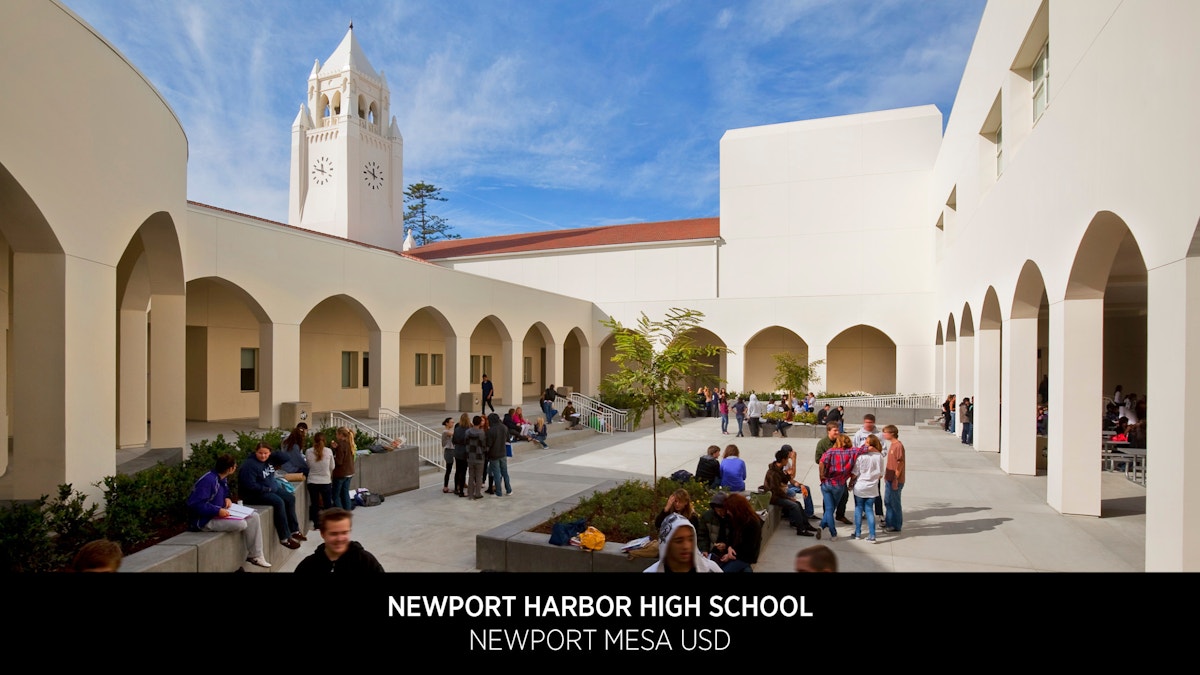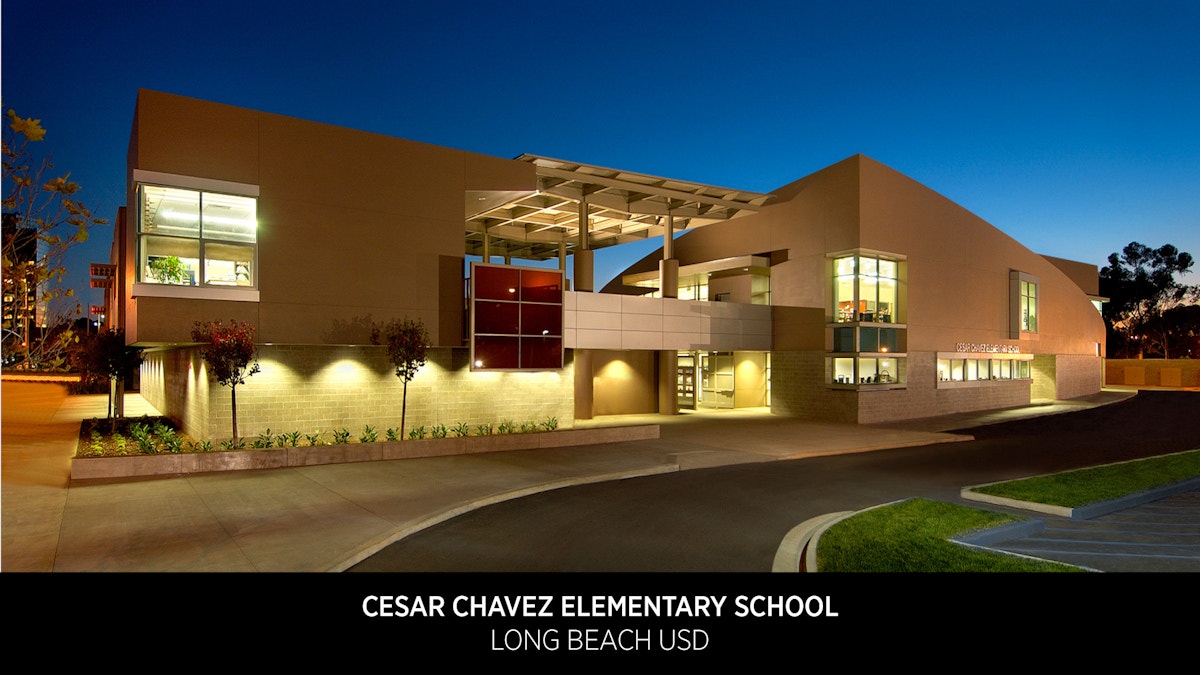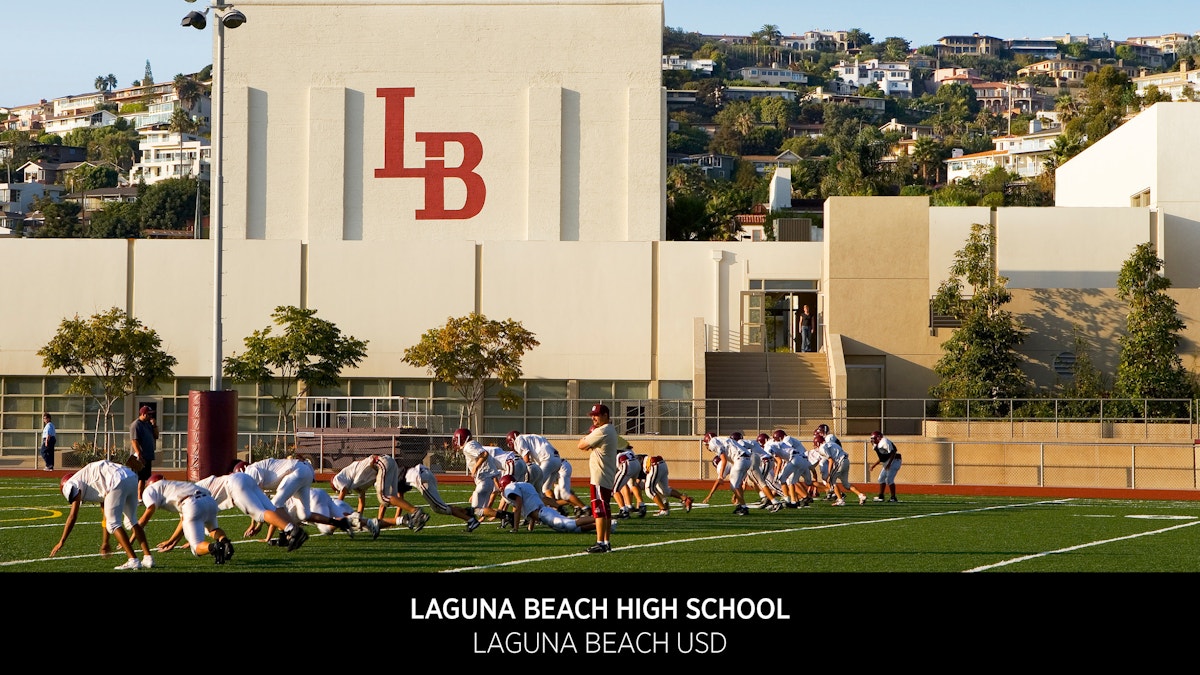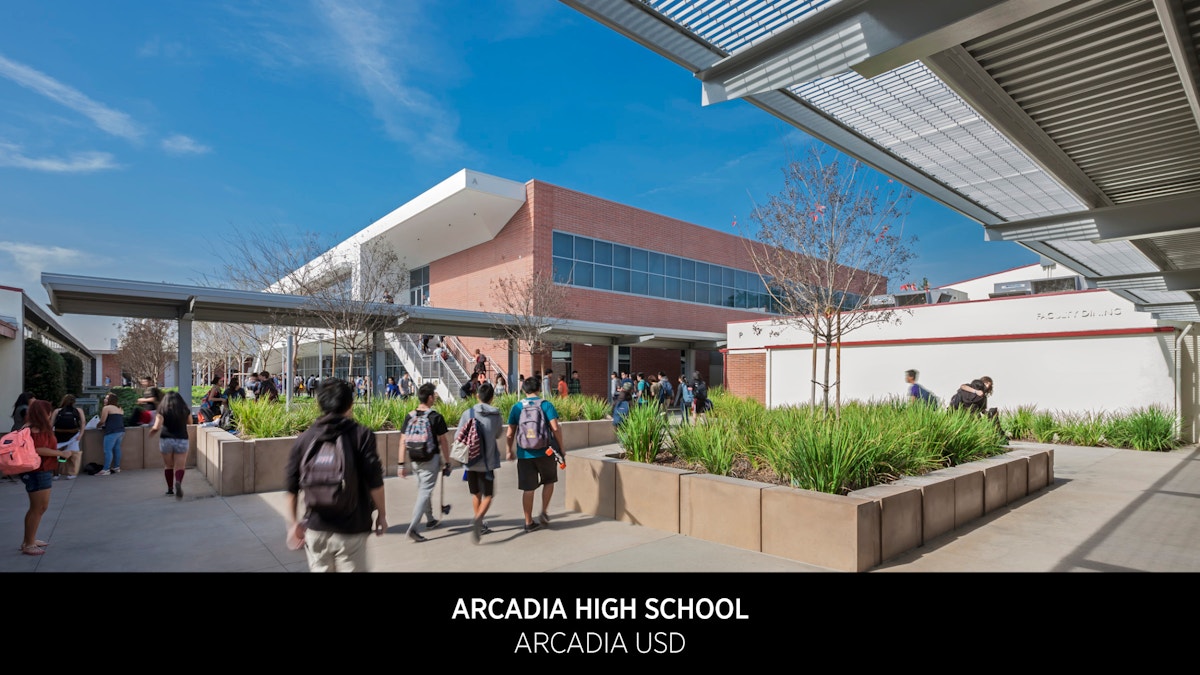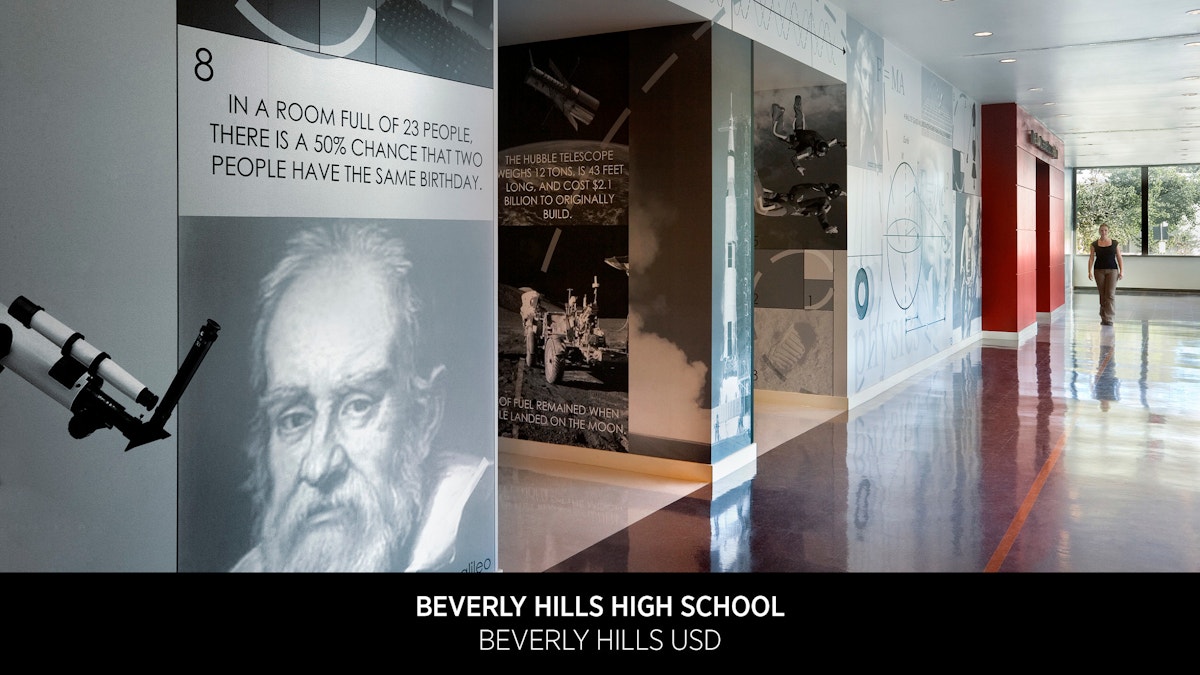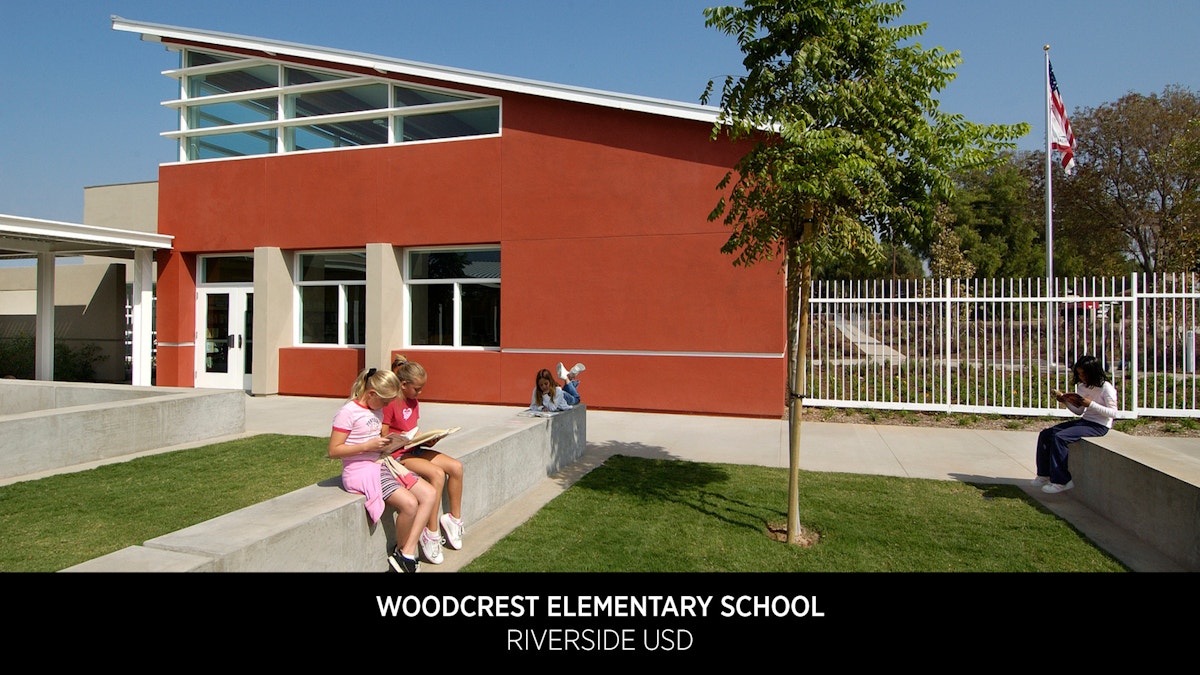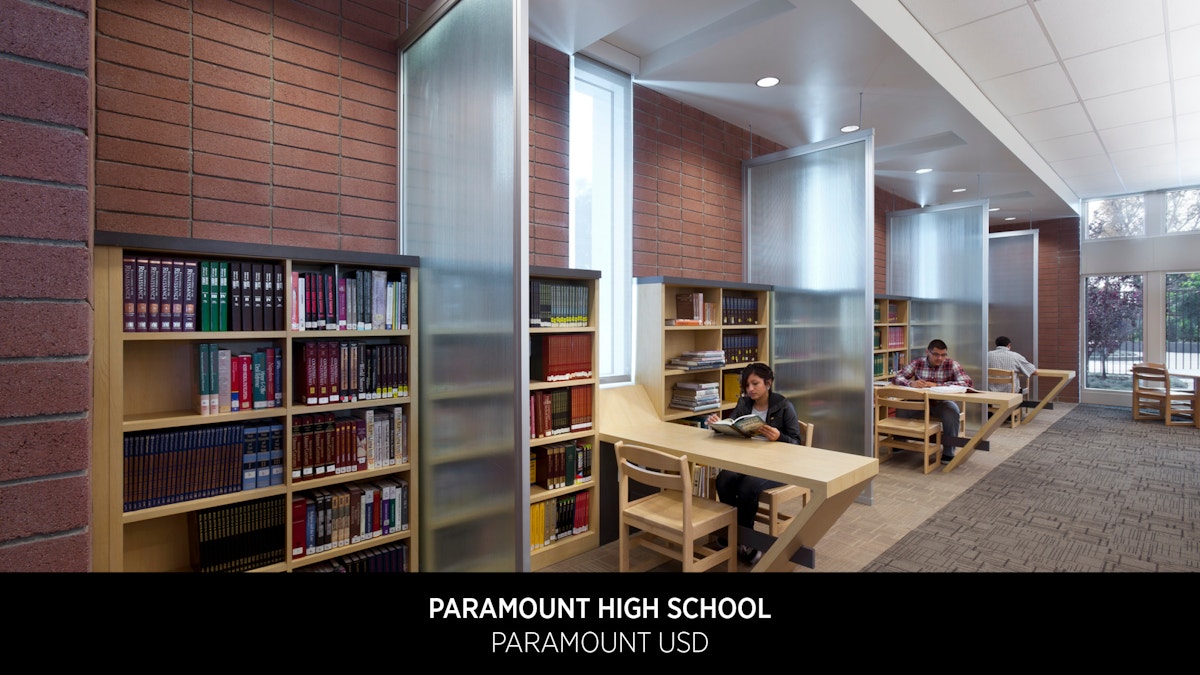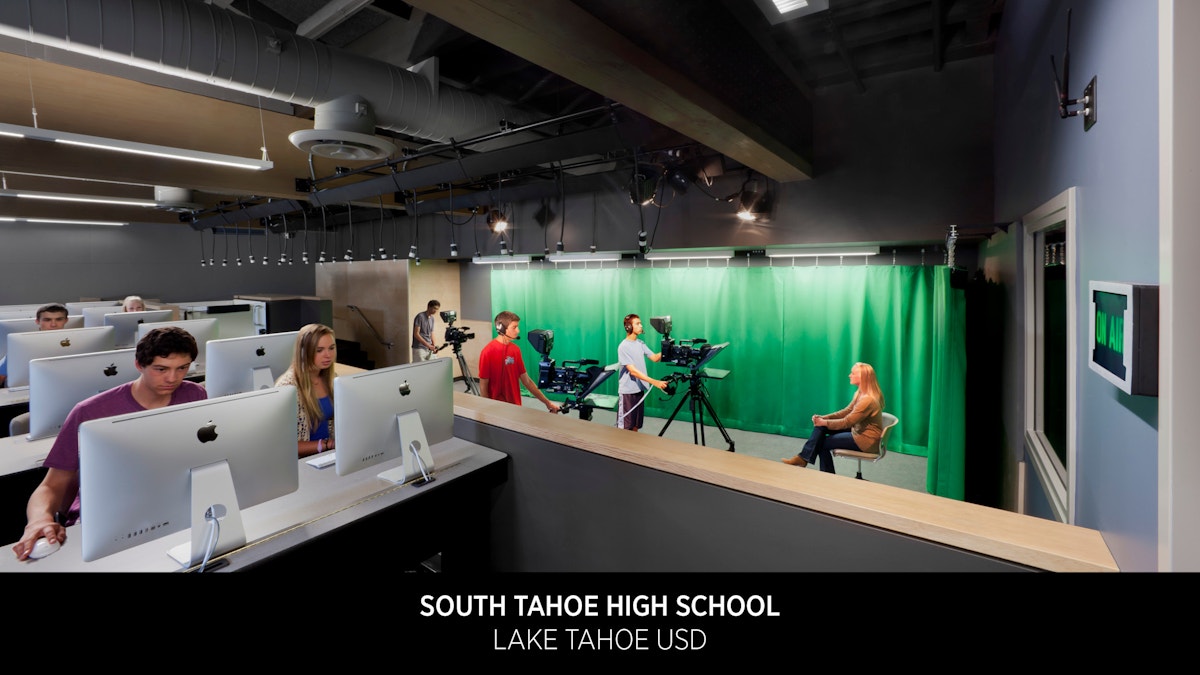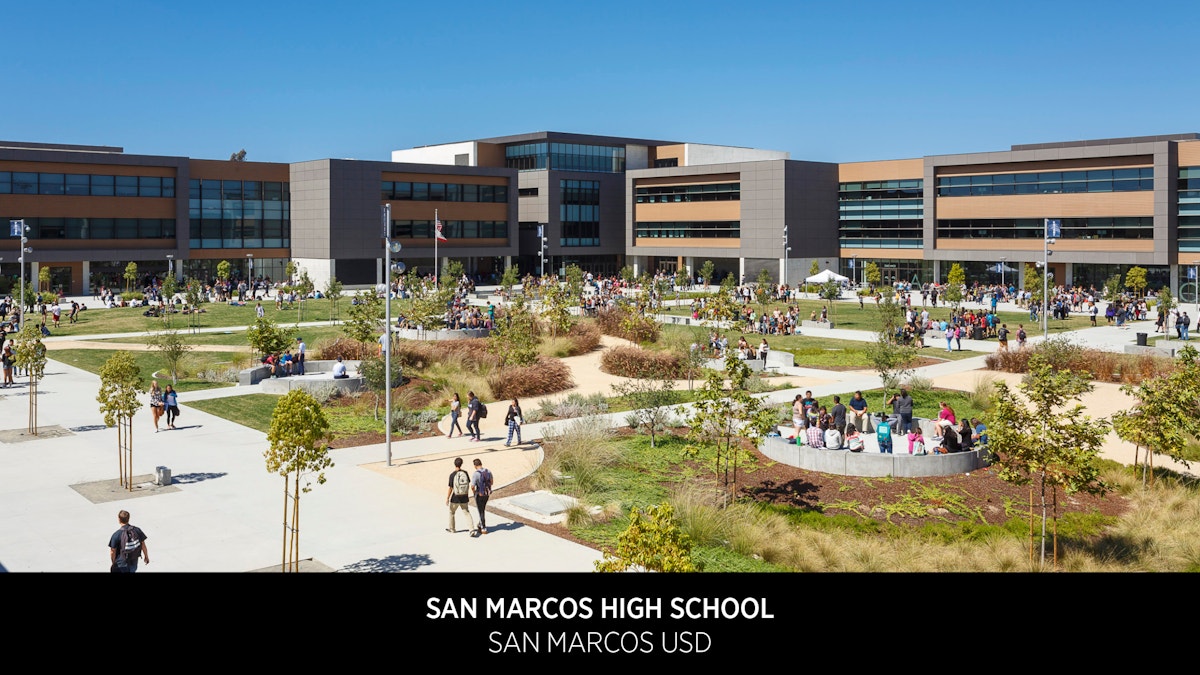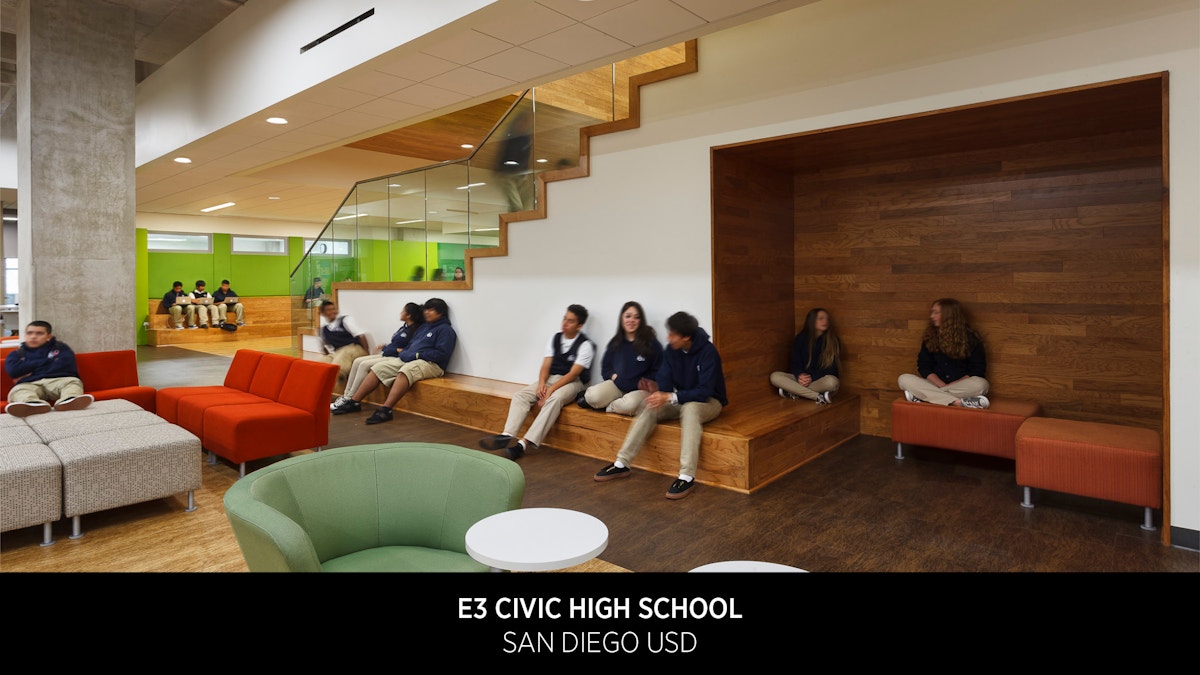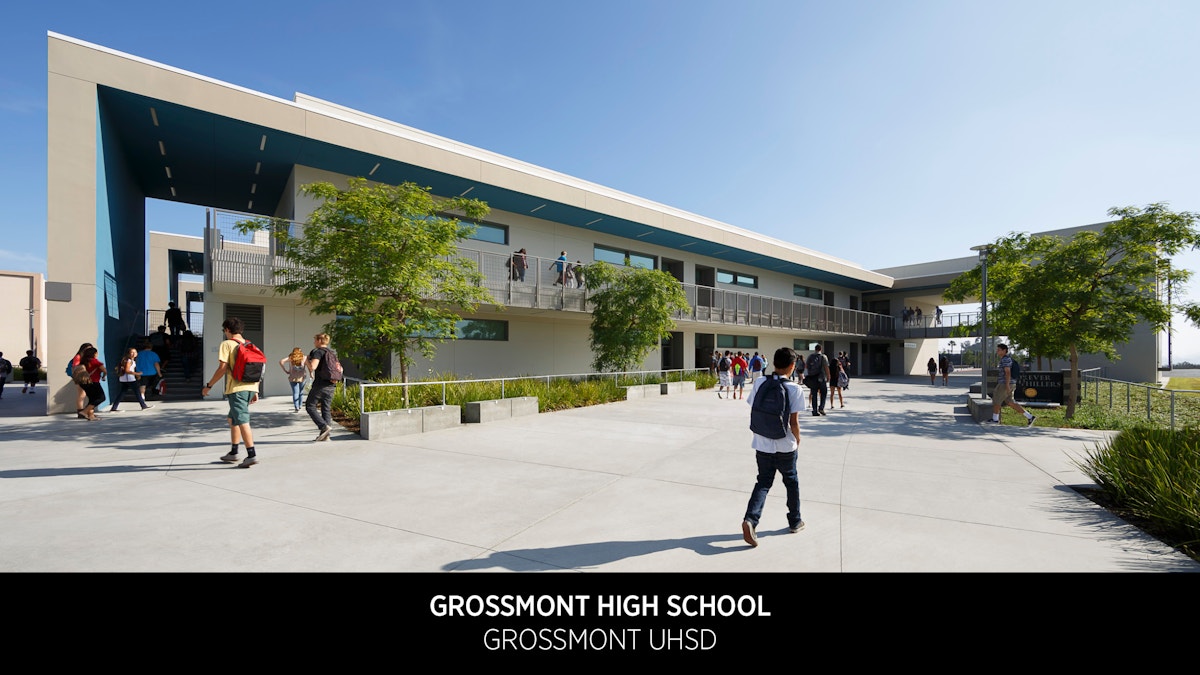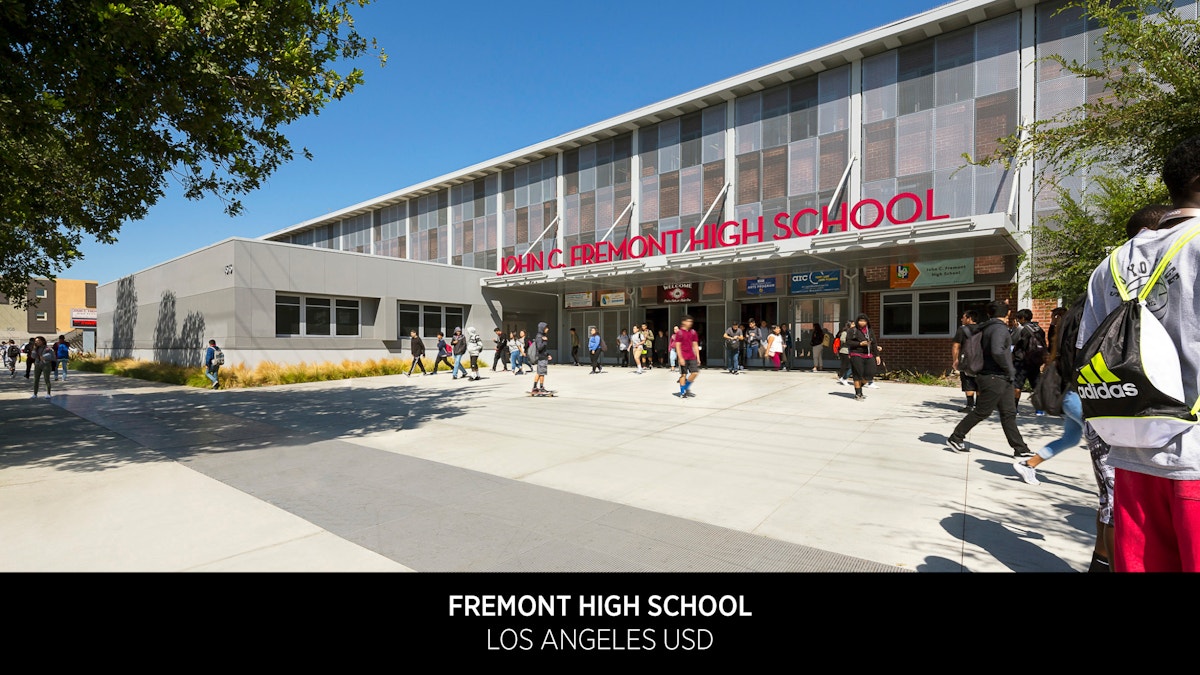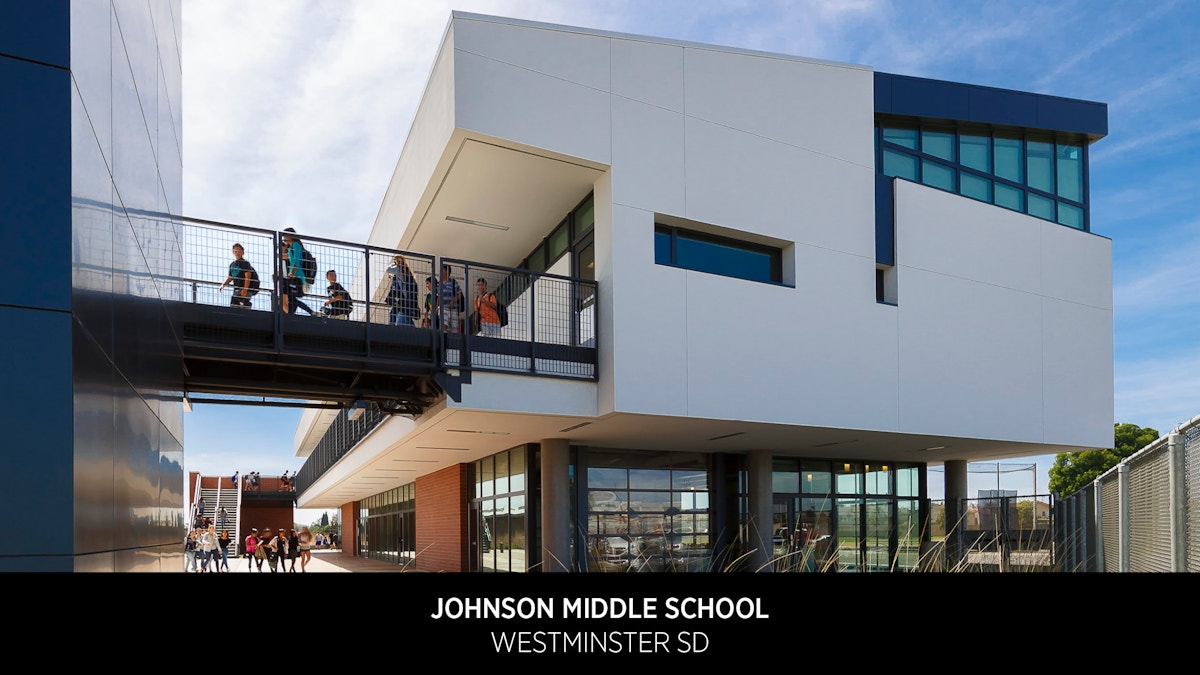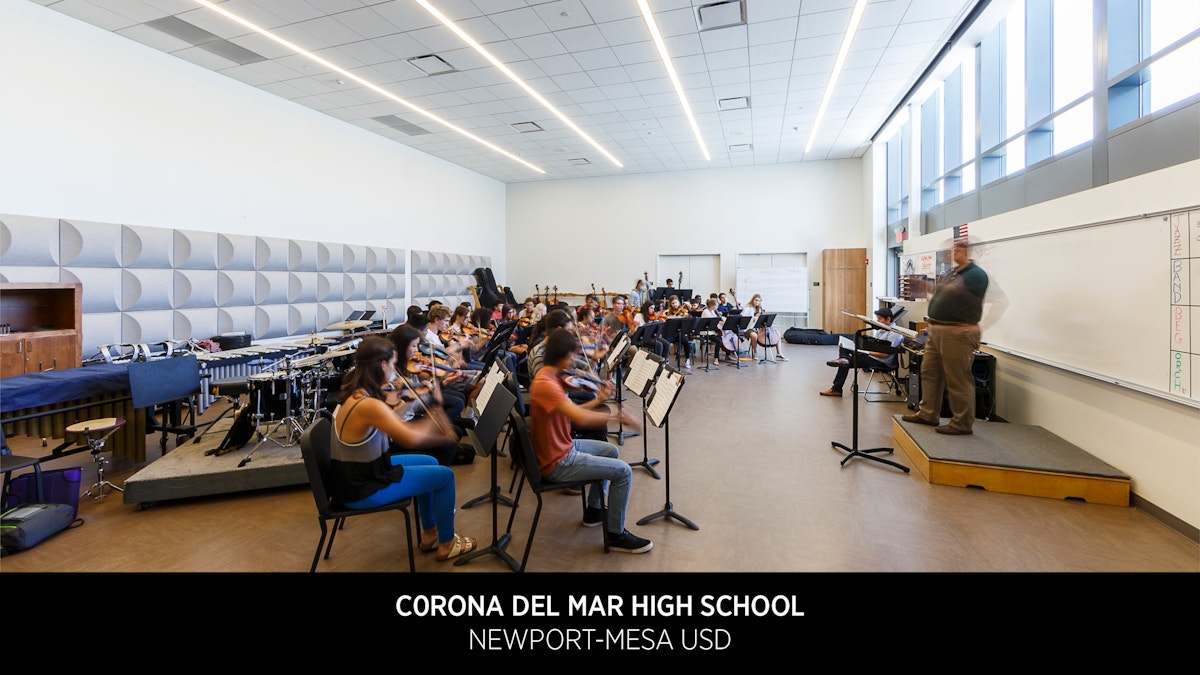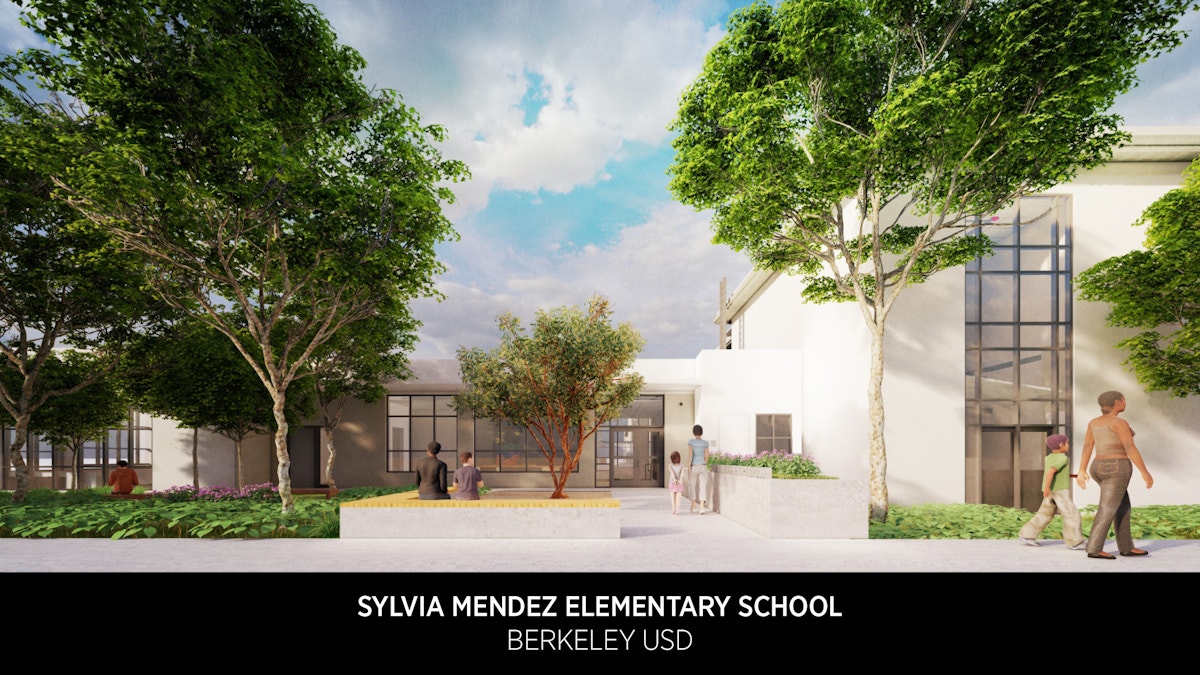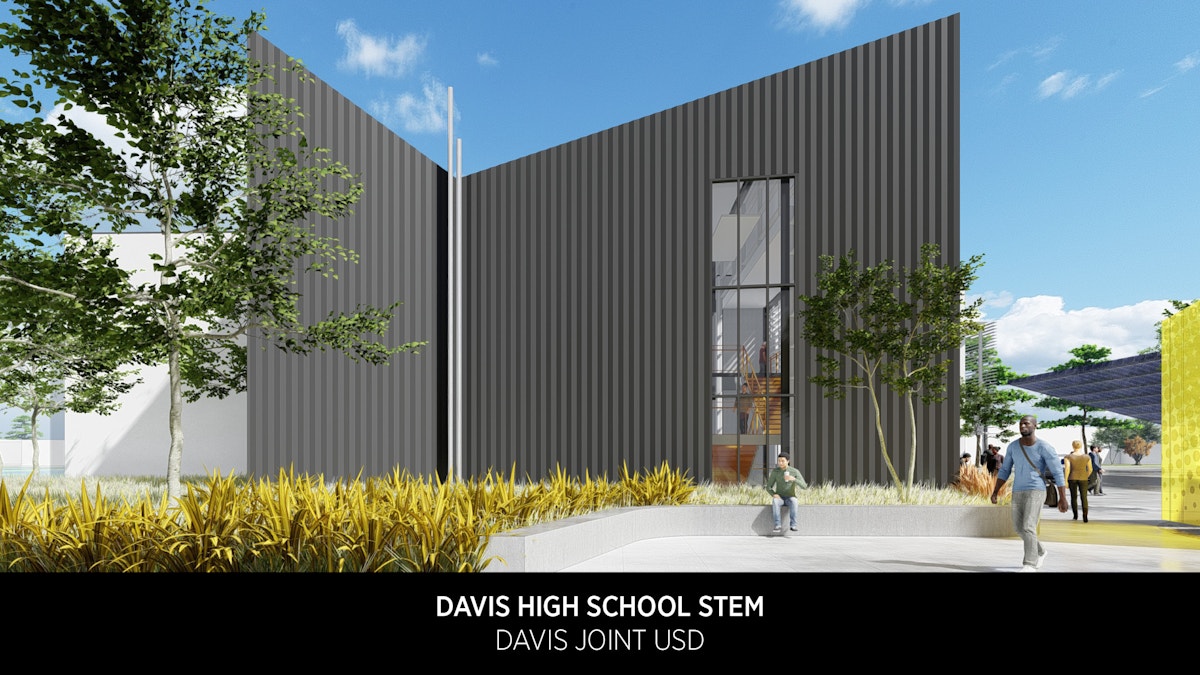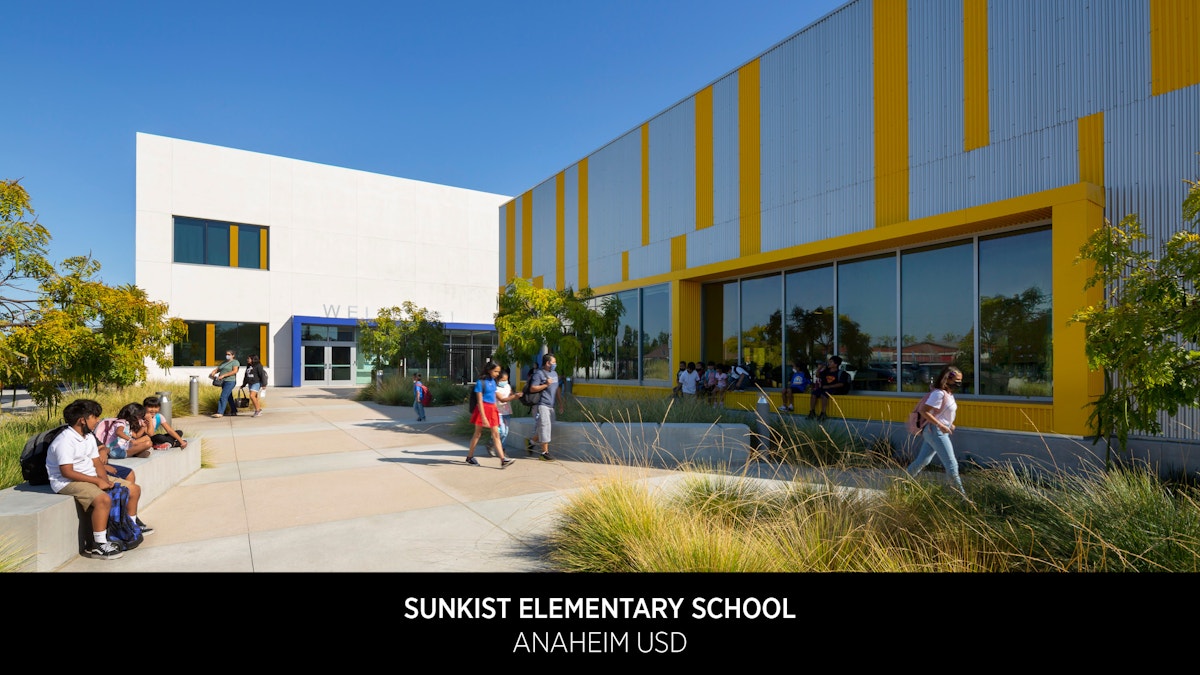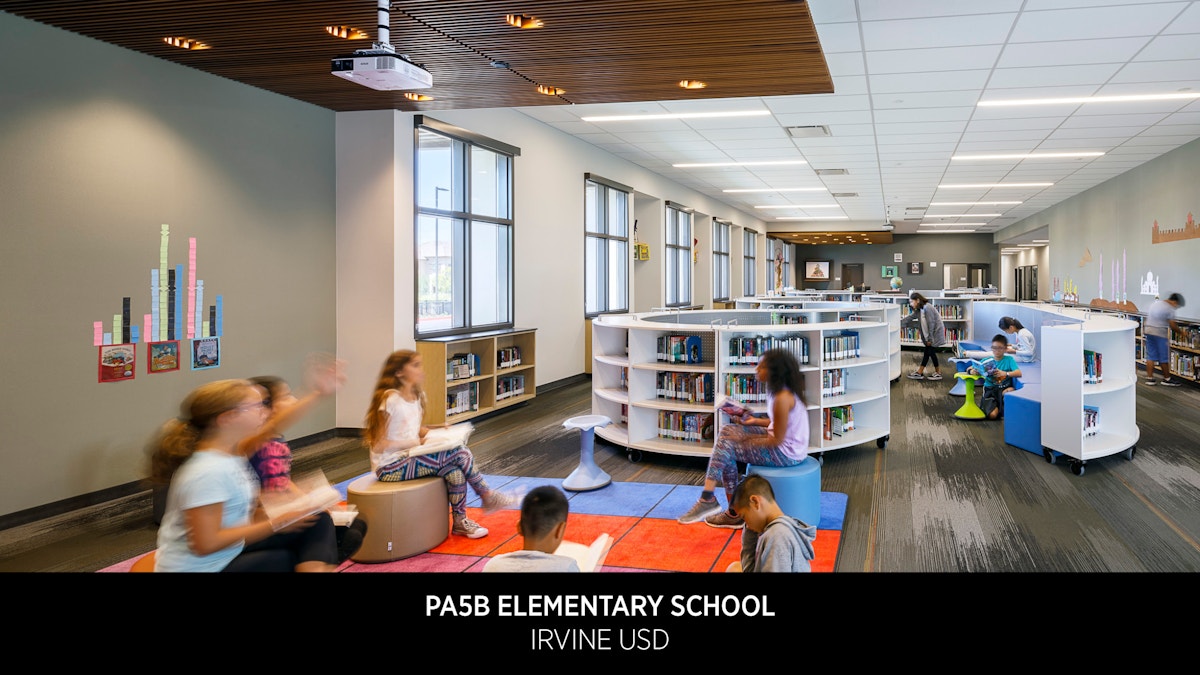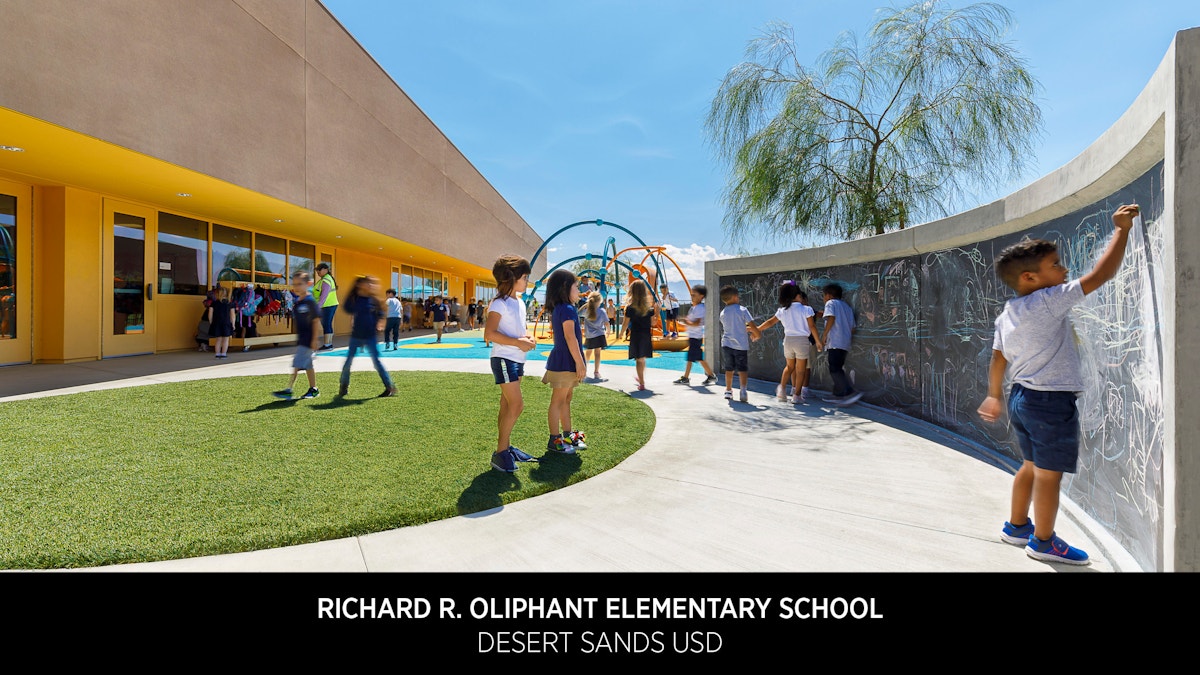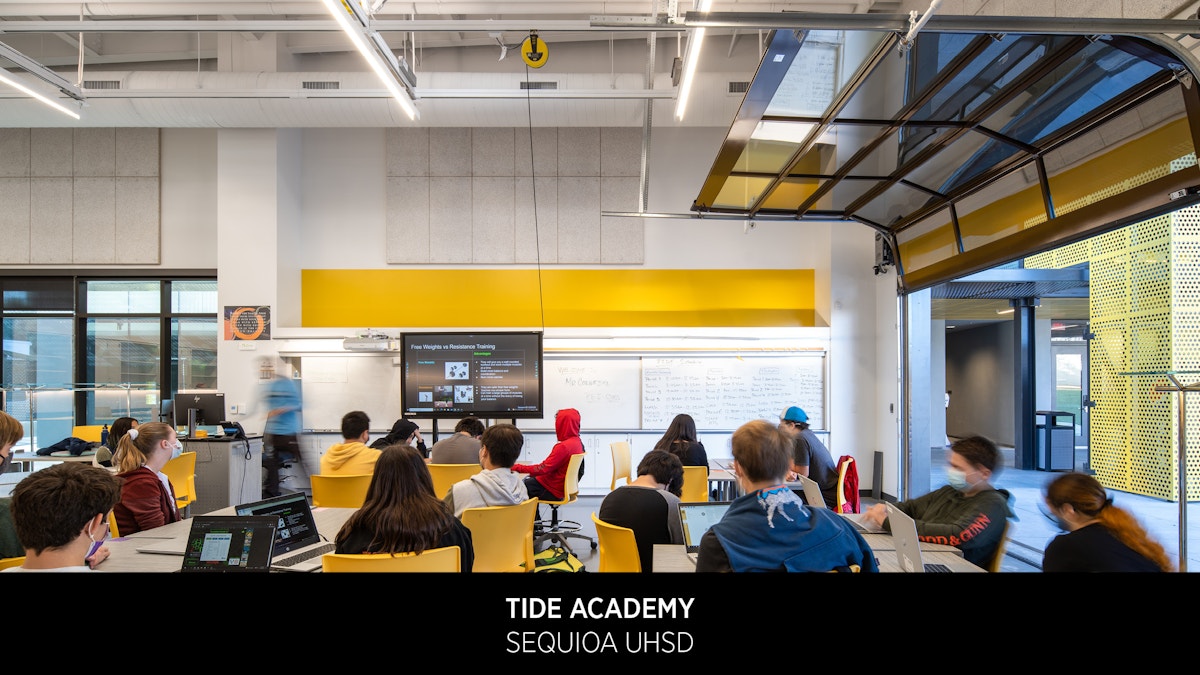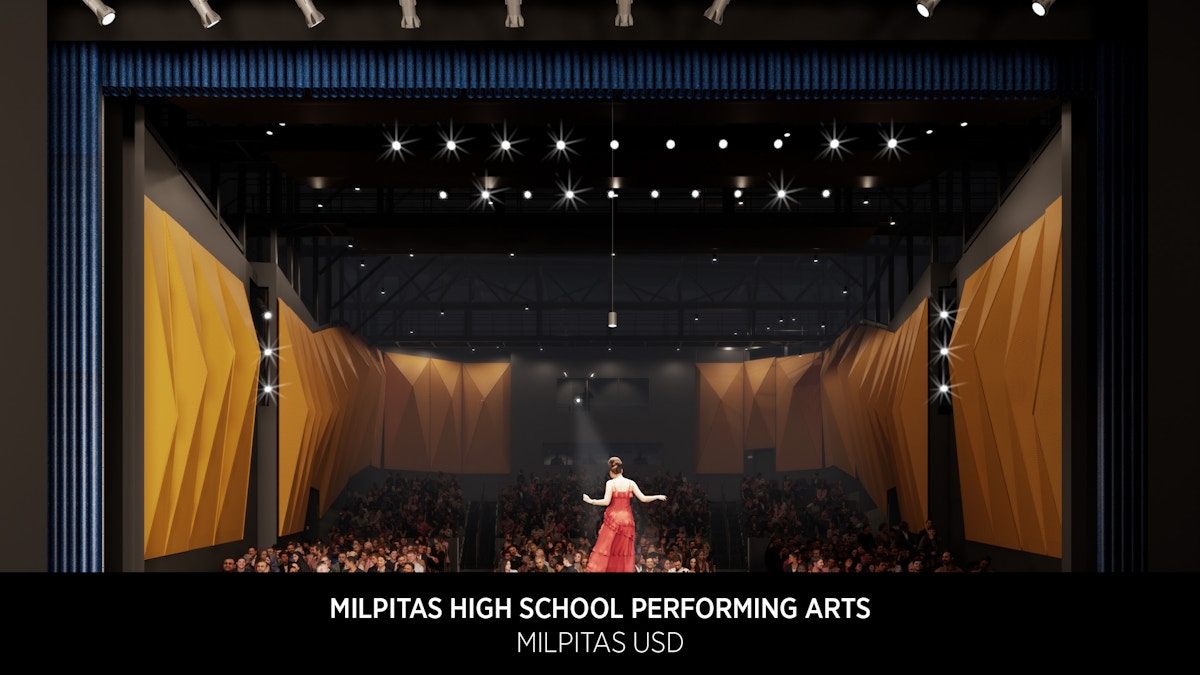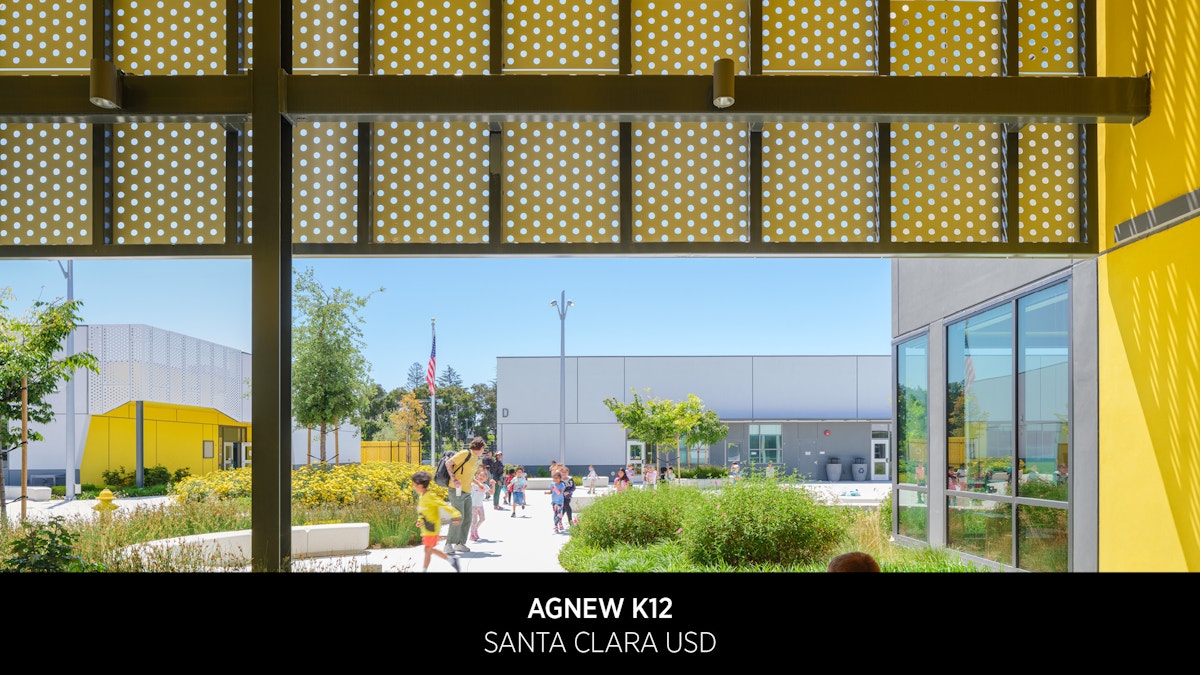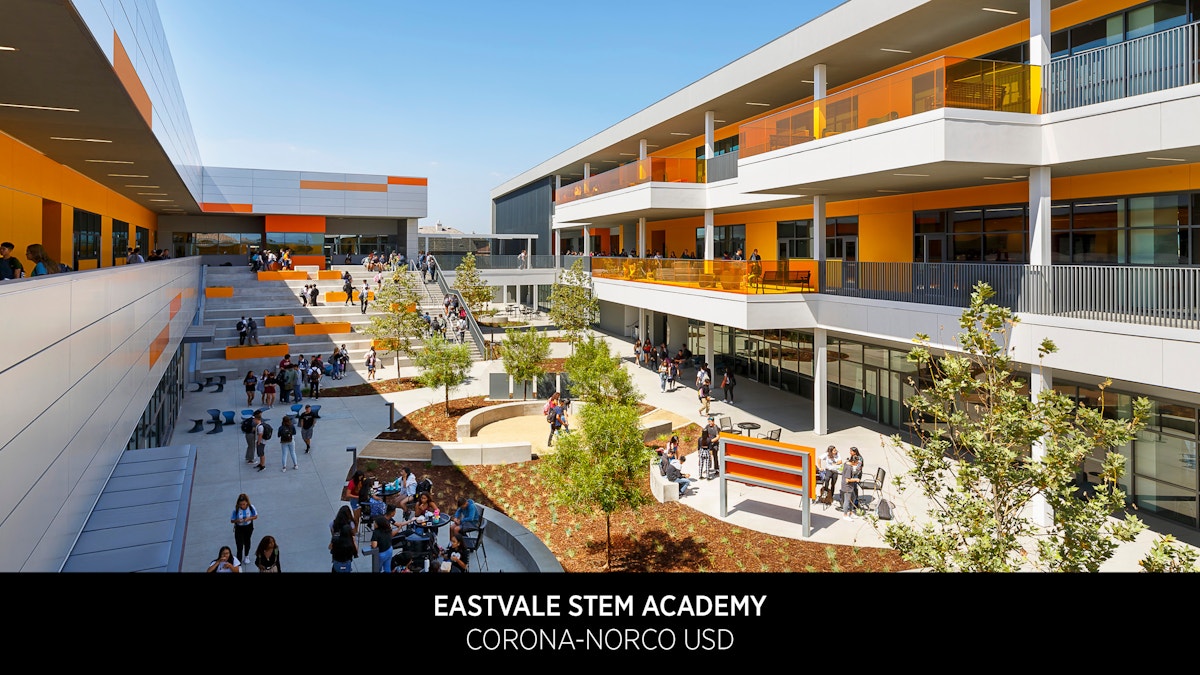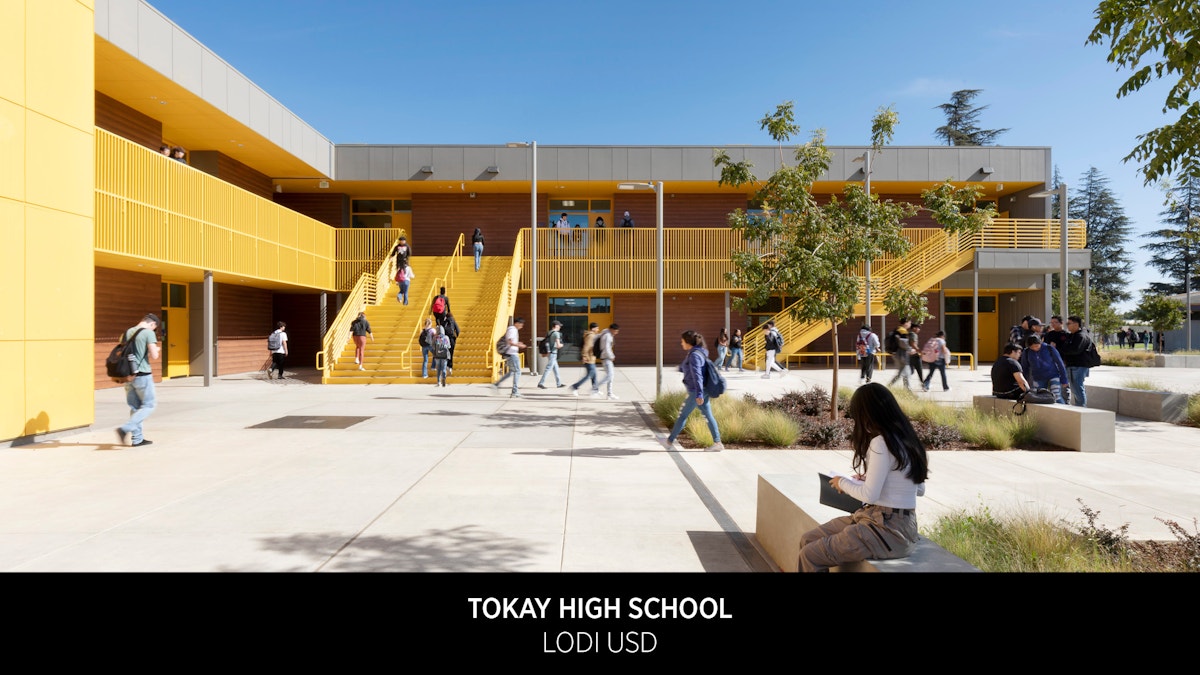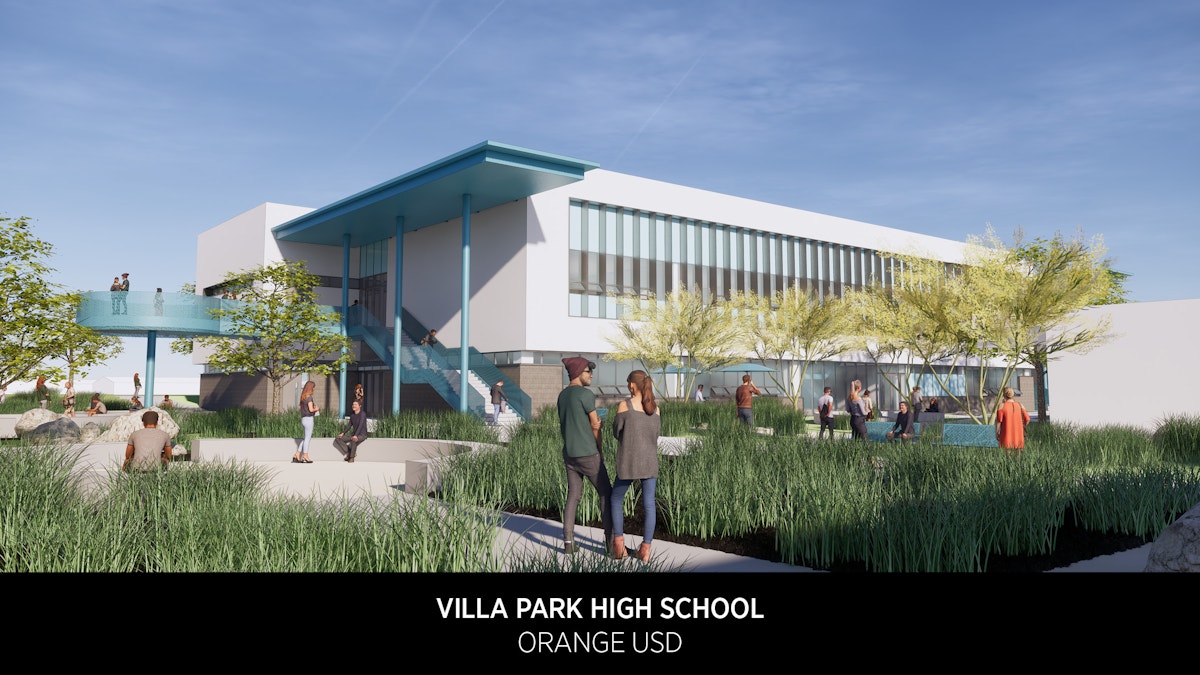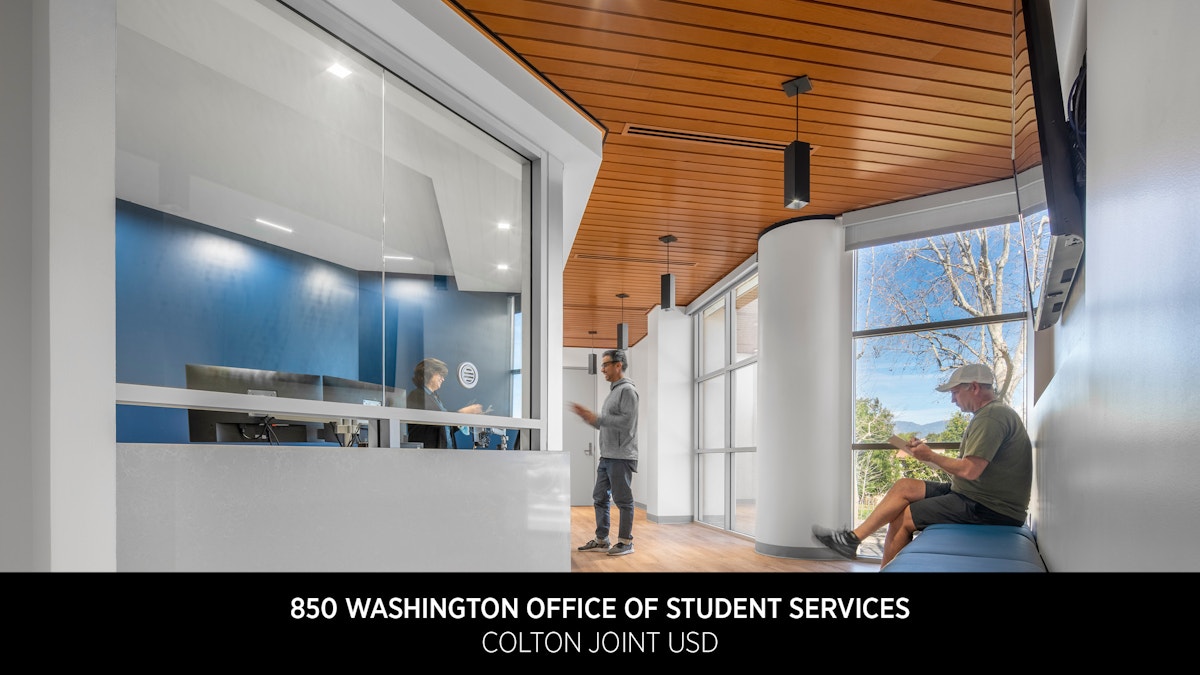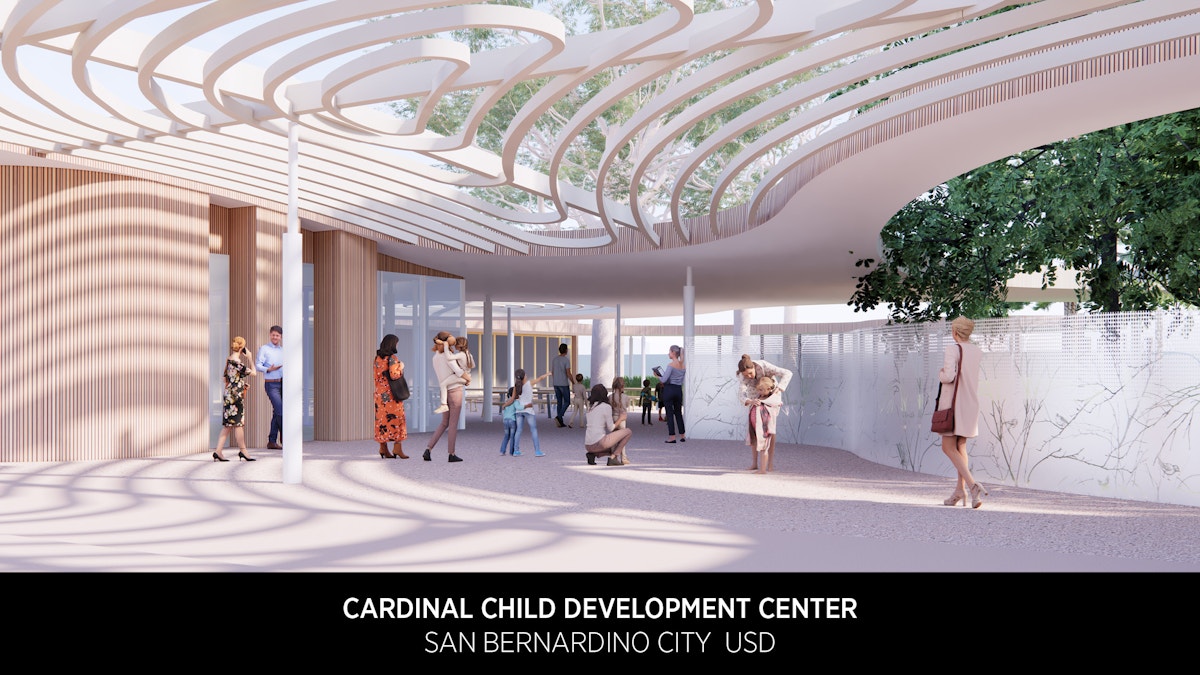LPA Celebrates 30 Years of Innovative K-12 Design in California
LPA is celebrating 30 years of collaborating with California school districts to redefine how schools are planned and designed.
From humble beginnings, LPA’s K-12 team has grown into a national practice, with four studios in California and two in Texas. With dozens of architects, planners, designers, landscape architects and engineers focused on student-centric facilities and a research-driven design process, LPA has helped develop a portfolio of schools that has set new standards for environmental and energy performance.
In recognition, LPA projects have earned 46 C.A.S.H./AIA design awards, more than any other firm, as well as 8 national American Institute of Architects' Committee on Architecture for Education (CAE) awards, the architecture industry’s top honor for school design.
To celebrate the 30-year milestone, we went through our portfolio and pulled out 30 California K-12 projects that illustrate the evolution of LPA’s process and the results — campuses and learning environments that develop life-long learners, innovators and achievers.
1995-2004: Doing More with Less
In our first decade designing schools in California, LPA challenged space planning norms to help school districts do more with limited resources. Highly efficient designs responded to the need for equitable schools in dense urban areas. New approaches to long-range planning activated outdoor environments and took campuses vertical to maximize space and create integrated learning communities.
Projects in this era include the Mendez Fundamental Intermediate School in Santa Ana, codenamed "Space Saver,” the first implementation of an experimental state program, which pushed designers to create efficient, multi-function spaces. In Long Beach, Cesar Chavez Elementary School developed new concepts in urban school design, bridging the gap between a low-income neighborhood and central business district. Meanwhile, Arcadia High School was the first of many collaborations between LPA and Arcadia USD— part of a bond that funded modernization across the entire district.
“[Space Saver was] a tremendous accomplishment for the school district.” - Santa Ana USD Senior Director of Facilities Mike Vail.
2005-2014: Transforming Learning Environments
As the practice grew, LPA emerged as an innovator in designing student-centric learning environments. Research was increasingly utilized to develop spaces supporting project-based and team-based learning, with a focus on developing students ready for real world roles in the community.
In San Diego, E3, a charter high school located on the sixth and seventh floors of the San Diego Central Library, was designed around project-based learning, expanding the boundaries of a traditional high school in curriculum and campus design. Montgomery Middle School in Chula Vista, the state’s first LEED for Schools Platinum public school, provided a model for integrated, sustainable design, while Johnson Middle School in Westminster envisioned its buildings as high-tech “learning machines” that blur the lines between math, science and art.
“[E3] allows us to change the face of public education, I believe, and the future." - E3 Director Dr. Helen E. Griffith
2015-2024: Leaning into Sustainability
Over the last 10 years, school districts have become bolder in addressing climate change through sustainable, resilient facility strategies. Designs are addressing the whole student, looking for new ways to improve academic performance and make schools more resilient and adaptable.
TIDE Academy, a STEAM-focused public high school in Silicon Valley, recently won the prestigious Architecture Award from the American Institute of Architects for a design that bakes resilience and sustainability into every element. For Santa Clara USD, the Agnew campus combines an elementary, middle and high school on a tight site; in San Bernardino, a Child Development Center currently under construction explores the future of preschool and transitional kindergarten programs.
“Our outdoor spaces don’t feel like a sea of concrete. Instead, we built something truly unique, inviting and special for the staff and students. LPA curated special spaces in well-thought-out areas… It doesn’t feel repetitive or templatized. It’s flexible and functional.” - Santa Clara Unified School District senior project manager Rosiella Ileto Defensor
Toward a More Equitable Future
More than the sum of its parts after 30 years, LPA’s K-12 practice is constantly evolving to meet the challenges of school districts. Today, we’re excited about the potential for technology to advance equity through personalized experiences, with interactive spaces and learning environments that meet each student where they are and support their educational, social and cultural growth.


